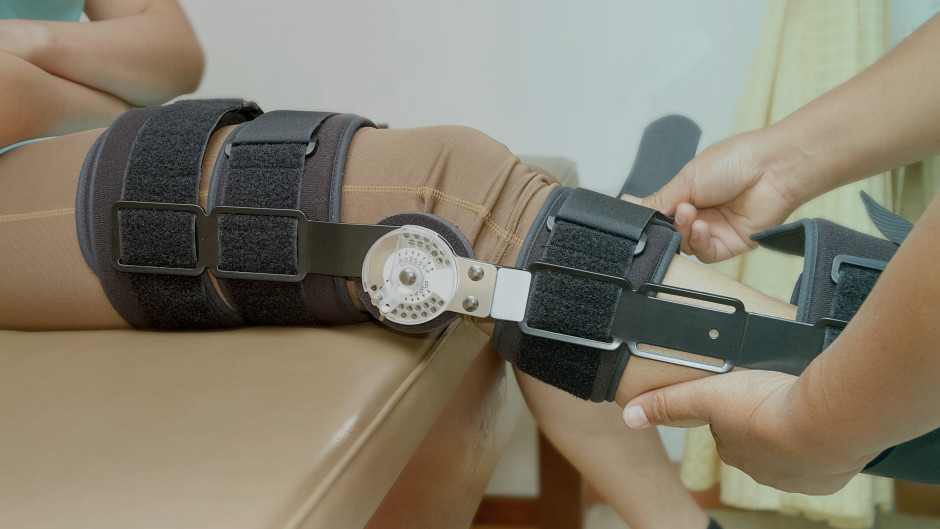CARPAL TUNNEL SYNDROME: AN OVERVIEW

Carpal Tunnel Syndrome is a common condition caused by compression of the median nerve in the carpal tunnel.
But how does carpal tunnel syndrome occur?
If you want to learn more about this topic, you can watch Ian Gatt's' lecture here:
Pathoanatomy
Some abnormalities which affect the median nerve include:
a) Structural abnormalities
- Dislocations or subluxations of the wrist
- Fractures, malunion of the distal radius
b) Abnormalities of the Content
- Tenosynovitis
- RA/ Infection
- Obesity = Diabetes (collagen turnover)
- Pregnancy, Hypothyroidism, Chronic Kidney Failure (Fluid Content)
- Neoplasm / Cysts in the Tunnel
Pathomechanics
Any mechanical or vibratory effect can cause a cascade of events to occur, as follows:


What are the signs and symptoms?
Some of the common signs and symptoms of carpal tunnel syndrome include:
- Numbness / Tingling / Dull Ache
- Worsens at night (Sleep disturbance)
- Repetitive hand movements (e.g. typing/mouse)
- Sustained Hand/Arm Positions
- Weakness (Thumb, index, and middle fingers)
- Atrophy 1st & 2nd lumbricals & Thenar eminence
- Intermittent or Persistent pain
Special tests for carpal tunnel syndrome
- Hand Elevation Test (Above Head for 1min)
- Durkan test (Compression for 30secs)
- Phalen Test (Hyperflexion for 1min)
- Tinel test (Percussion) = Good Accuracy
- Neurodynamic test - Median Nerve
Watch this clip to know more about assessment of Carpal tunnel syndrome:
Splinting for carpal tunnel syndrome
In short term, there is no significant effect for splinting versus doing no splinting at all. However, there's low certainty evidence that if you do it for six months you might see better results than doing it for six weeks or doing it also for twelve weeks.
Watch this clip to know more about the effects of splinting on carpal tunnel syndrome:
Nerve mobility exercises for carpal tunnel syndrome
For mild to moderate carpal tunnel syndrome, it appears that considering neural mobility in combination with exercises is better than just exercises on their own and possibly if shockwave is added it can even have an even better approach.
Watch this clip to know more about the effect of neurodynamics on carpal tunnel syndrome:
What is the differential diagnosis for carpal tunnel syndrome?
One of the important questions to ask to help us in management is; is it carpal tunnel syndrome or something else?
In our differential diagnosis, some conditions we should consider are:
- Cervical radiculopathy (most common)
- Thoracic outlet syndrome
- Neuropathy (Pronator Teres = Forearm)
- Compartment Syndrome (Hand / Forearm)
- Raynaud's syndrome
- Wrist Injury (Overuse)
If you want to learn more about this topic, you can watch Ian Gatt's' lecture here:
Sources:
1. Lecture 'Carpal Tunnel Syndrome' by Ian Gatt on Trust Me-Ed



